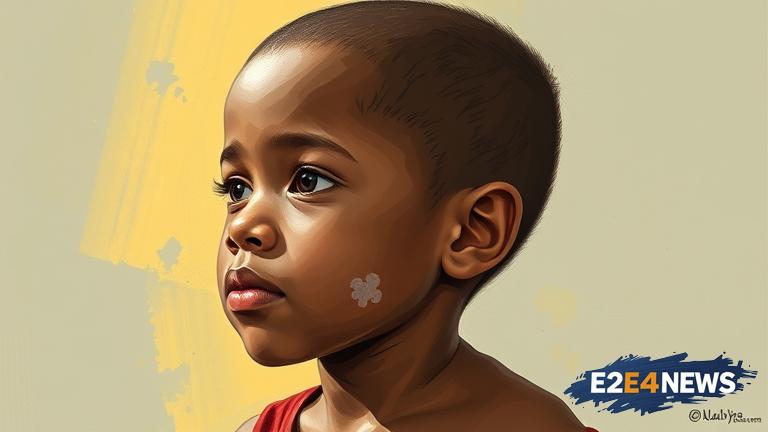The world was on the brink of eradicating polio, a highly infectious and debilitating disease, but a combination of factors has led to its resurgence. One of the main reasons for this comeback is the issue of fake records, which has hindered accurate tracking and reporting of polio cases. Additionally, the current vaccine used to combat polio has been found to be imperfect, providing only partial protection against the disease. Missteps in global health efforts, including inadequate funding and lack of coordination, have also contributed to the spread of polio. The disease has been reported in several countries, including Afghanistan, Pakistan, and Nigeria, where vaccination efforts have been hindered by conflict, misinformation, and lack of access to healthcare. The World Health Organization (WHO) has warned that the resurgence of polio is a major public health concern, and urgent action is needed to prevent further spread. The WHO has called for increased funding and support for vaccination efforts, as well as improved surveillance and reporting of polio cases. Despite these challenges, health experts remain optimistic that polio can be eradicated, but it will require a concerted effort from governments, healthcare workers, and communities around the world. The fight against polio has been ongoing for decades, and significant progress had been made in reducing the number of cases. However, the recent resurgence of the disease is a reminder that complacency and lack of vigilance can have devastating consequences. The impact of polio on individuals and communities is significant, causing paralysis, disability, and even death. The economic burden of the disease is also substantial, with estimates suggesting that it costs billions of dollars to treat and prevent. The global health community has come together to develop a new plan to eradicate polio, which includes improving vaccination coverage, enhancing surveillance, and addressing the root causes of the disease. This plan will require significant funding and resources, but it is seen as a crucial step towards finally eliminating polio. The role of governments, international organizations, and civil society in the fight against polio is critical, and their support and commitment will be essential in achieving the goal of eradication. The use of new technologies, such as genetic sequencing and digital surveillance, is also being explored to improve the tracking and reporting of polio cases. Furthermore, efforts are being made to engage communities and promote awareness about the importance of vaccination and the risks of polio. The fight against polio is a complex and challenging one, but with the right combination of funding, resources, and commitment, it is possible to finally eradicate this devastating disease. The consequences of failure would be severe, with the potential for polio to spread rapidly and cause widespread harm. Therefore, it is essential that the global health community remains vigilant and committed to the goal of eradication. In conclusion, the resurgence of polio is a major public health concern that requires urgent attention and action. With the right approach and support, it is possible to finally eliminate this disease and protect communities around the world from its devastating effects.





